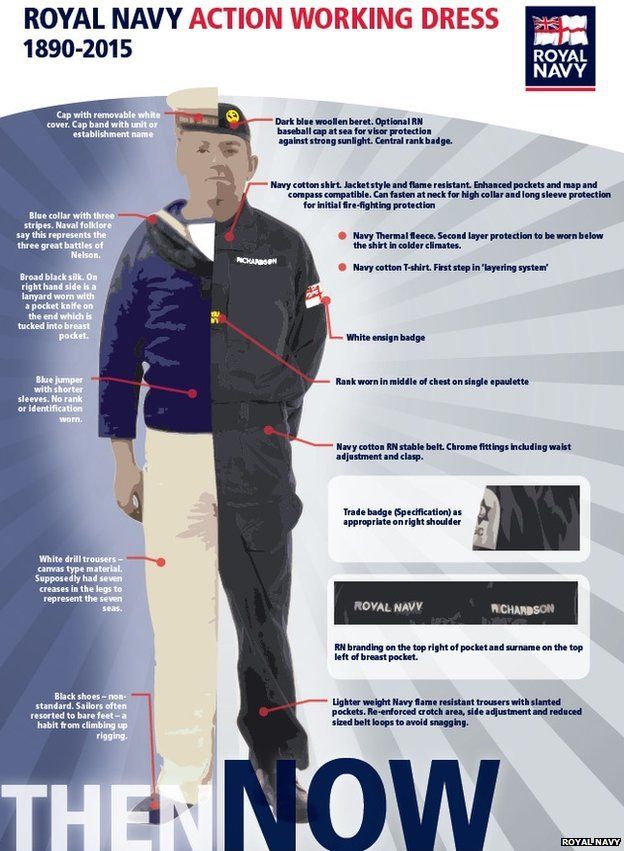
A young sailor in the uniform of HMS Ganges during the First World War, Foto de Stock, Imagen Derechos Protegidos Pic. MEV-10529760 | agefotostock

Royal Navy engineer dismissed for groping a female sailor's bottom on HMS Prince of Wales - HampshireLive

Royal Navy: Far East, WW2: Petty Officer 1940; Rear Admiral, 1940; Rating, Far East 1945 | Imperial War Museums

The Royal Navy of England & the Story of the Sailor Suit | Scott, Septimus E. | V&A Explore The Collections

Royal Navy seaman Troy Griffiths cleared of sexual assault on fellow sailor at HMS Raleigh | Daily Mail Online
















